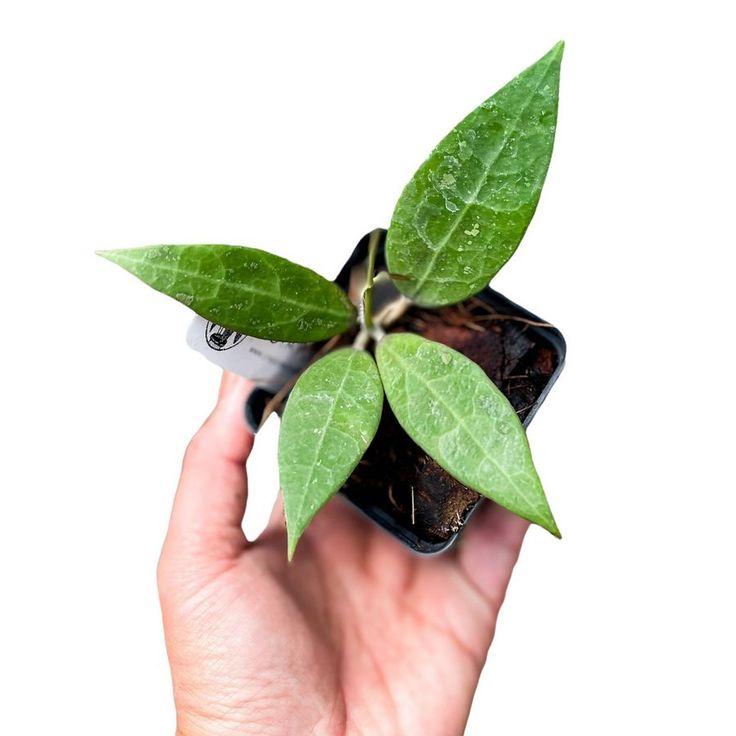
de550d4f64754aaf6da5bc6dd5aa883a.jpg from: https://www.pinterest.com/pin/braunia-plicata-care-growing-guide–1152569729617003420/
Braunia plicata: The Fascinating Moss of the Hedwigiaceae Family
Braunia plicata (Mitt.) A.Jaeger, commonly known as Braunia, is a captivating moss species belonging to the Hedwigiaceae family. This small but mighty plant plays a significant role in its ecosystems and boasts unique adaptations that allow it to thrive in various habitats worldwide. In this blog post, we’ll dive into the world of Braunia plicata and explore its morphology, distribution, ecological roles, and more.
Background on Braunia plicata
Braunia plicata is a moss species, which means it is a non-vascular plant belonging to the division Bryophyta and class Bryopsida. Mosses like B. plicata lack true roots, stems, and leaves, instead having simplified structures that perform similar functions. They reproduce via spores rather than seeds and require water for sexual reproduction.
Morphology and Identification
Braunia plicata forms small, dense cushions or mats. Its leaves are ovate-lanceolate, plicate (folded longitudinally), and have a strong midrib. The leaf margins are entire and often recurved. Capsules are rare but erect and cylindrical when present. The calyptra (covering over the capsule) is mitrate and hairy.
Global Distribution and Habitat
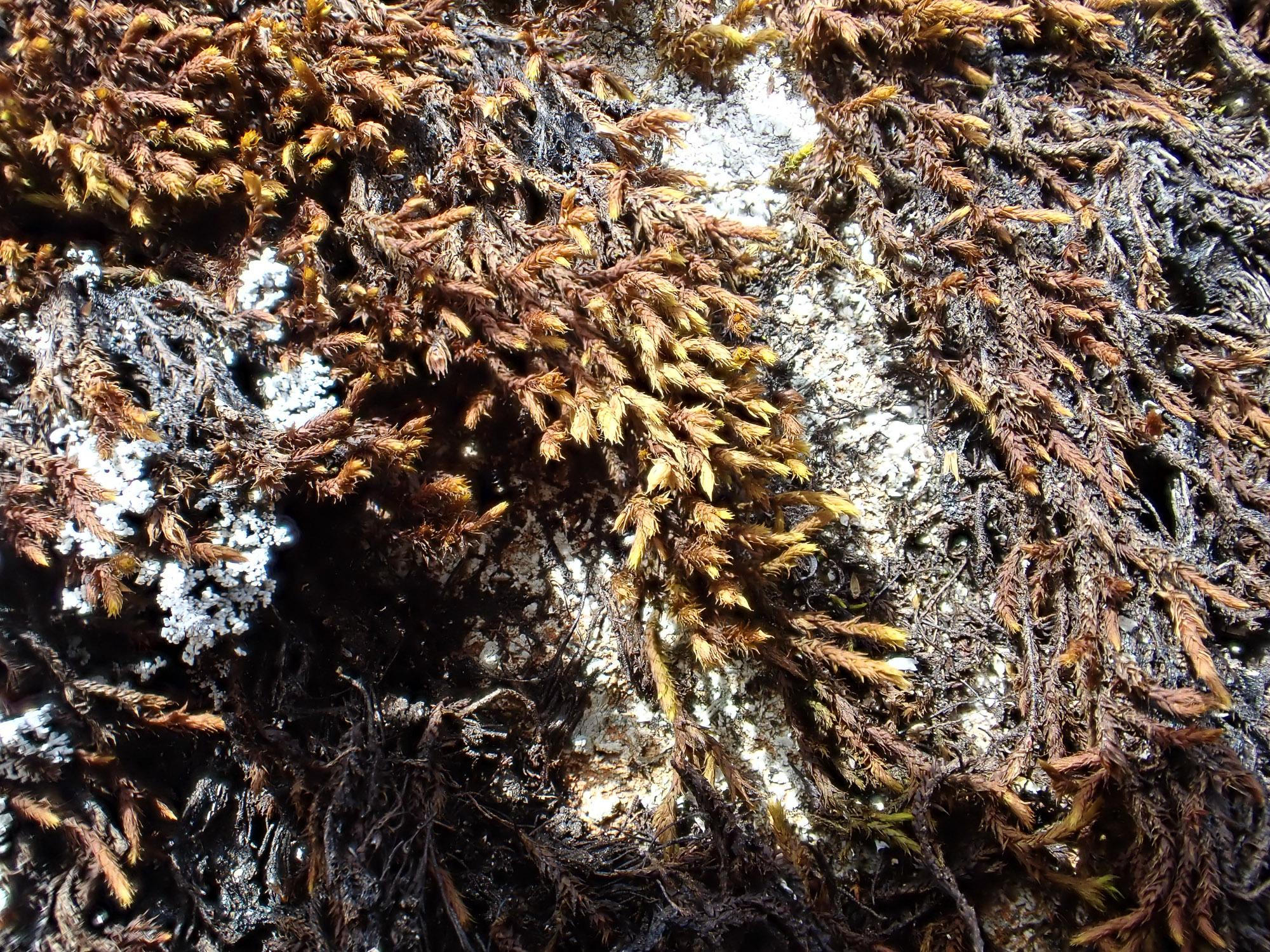
Braunia-imberbis-5.jpg from: https://www.britishbryologicalsociety.org.uk/learning/species-finder/braunia-imberbis/
B. plicata has a wide global distribution
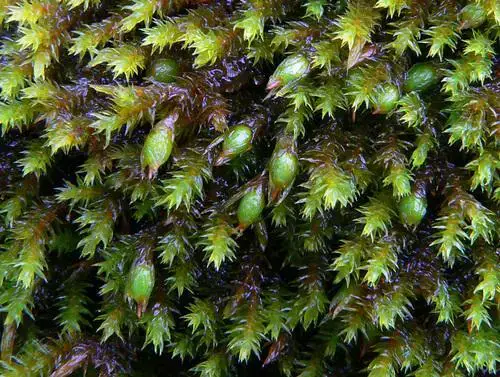
medium.jpeg from: https://www.inaturalist.org/taxa/159416-Braunia-secunda
, found on all continents except Antarctica. It grows on exposed, acidic rock surfaces like granite, sandstone, and volcanic rock in dry, sunny habitats from lowlands to mountains. Common habitats include cliffs, boulders, rock outcrops, and human-made structures like walls.
Ecological Roles and Adaptations
As a pioneer species, B. plicata plays a crucial role in primary succession by colonizing bare rock and enriching it with organic matter, paving the way for other plants to establish. Its dense growth traps dust, debris, and moisture, contributing to soil formation. The plicate leaves help conserve moisture in dry conditions. B. plicata also provides shelter and food for various invertebrates.
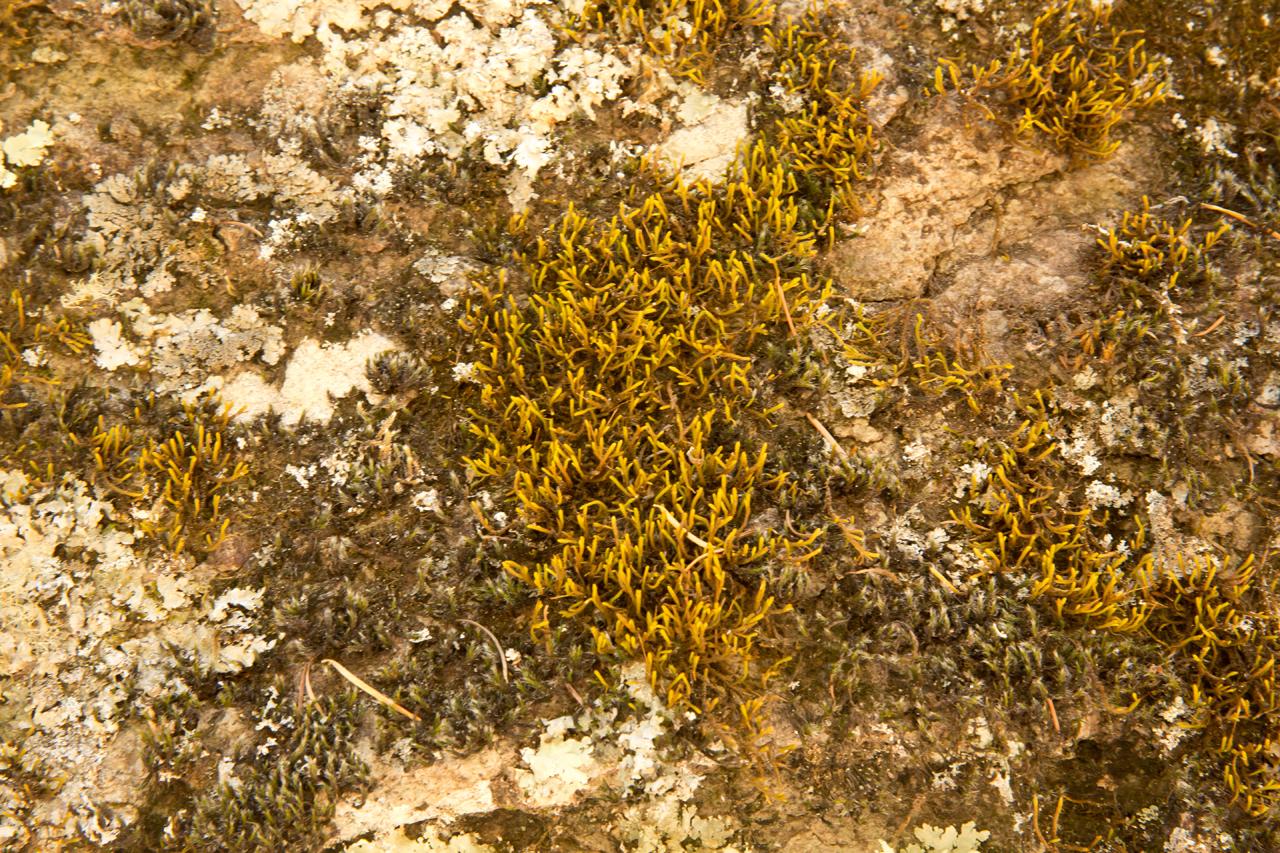
b_secunda8.jpg from: https://www.wnmu.edu/academic/nspages/gilaflora/braunia_secunda.html
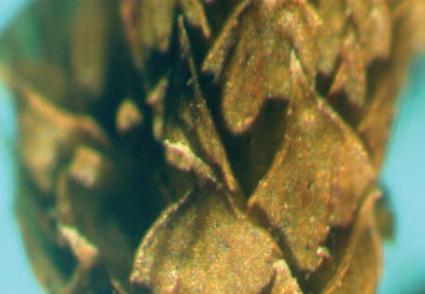
submission_68501_61691_coverImage_en_US.jpg from: https://www.biotaxa.org/Phytotaxa/article/view/phytotaxa.532.1.9
| Characteristic | Description |
|---|---|
| Family | Hedwigiaceae |
| Genus | Braunia |
Species
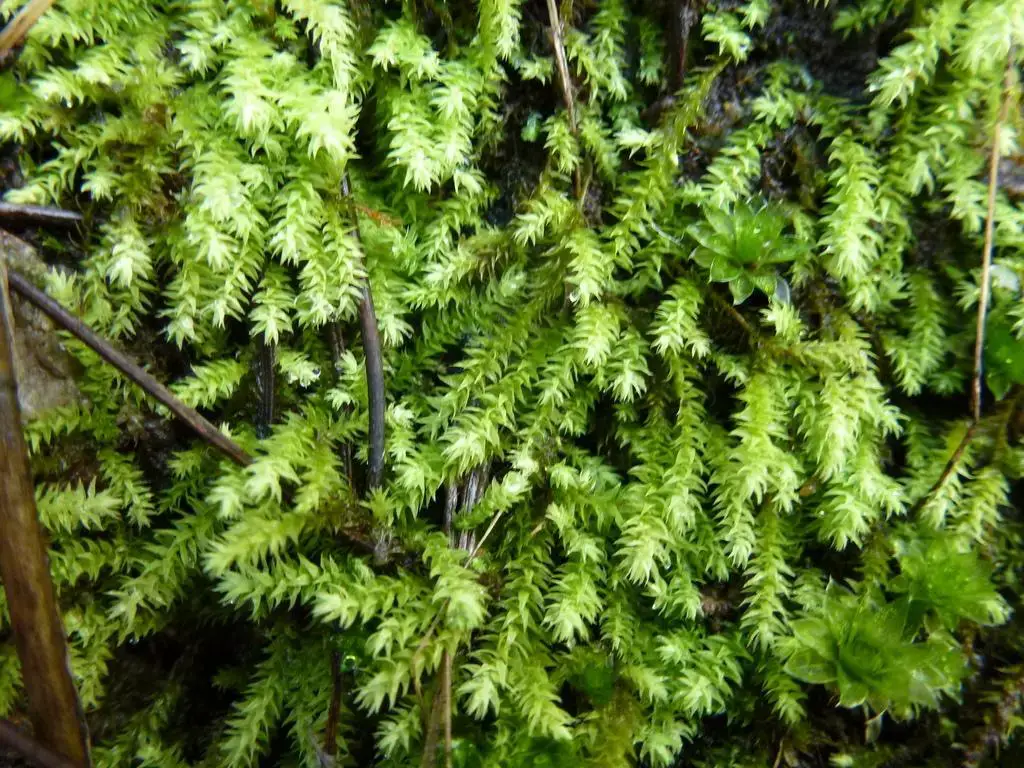 large.jpeg from: https://inaturalist.ala.org.au/observations/88683099 |
B. plicata (Mitt.) A.Jaeger |
| Plant Type | Moss (Bryophyta) |
| Growth Form | Cushions or mats |
| Leaf Shape | Ovate-lanceolate, plicate |
| Leaf Margin | Entire, often recurved |
| Capsule | Erect, cylindrical (rare) |
| Calyptra | Mitrate, hairy |
| Habitat | Exposed acidic rock |
| Distribution | Worldwide (except Antarctica) |
Conclusion
Braunia plicata may be small, but it plays a mighty role in its ecosystems. From pioneering bare rock surfaces to providing habitat and nutrients, this plicate moss is a fascinating example of nature’s resilience and adaptability. Next time you’re out in nature, keep an eye out for the unassuming but incredible Braunia plicata. What other tiny wonders might we discover if we simply take a closer look?